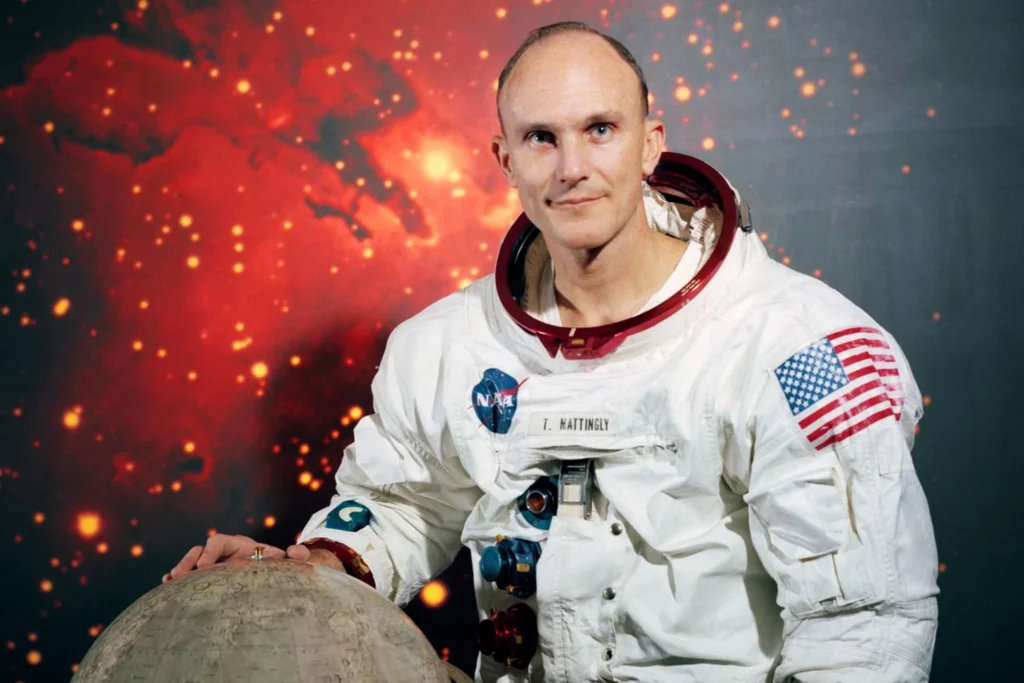“Apollo 13: Survival” promises to provide an accurate and comprehensive account of one of NASA’s most dramatic crises, and it has already created a lot of buzz ahead of its September 5, 2024, Netflix premiere. This documentary, which is helmed by Peter Middleton, who gained recognition for his painstaking work on “The Real Charlie Chaplin,” seeks to provide an immersive retelling of the Apollo 13 mission. However, how true is “Apollo 13: Survival”? Here, we analyze the documentary’s accuracy to historical events, paying particular attention to how it presents important moments and uses original materials.
Authentic Materials and Access
The fact that “Apollo 13: Survival” has access to uncommon and authentic NASA materials is among its most important features. Complete audio recordings from the Apollo 13 mission as well as never-before-seen film footage from NASA archives are featured in the documentary. This access is a great help in guaranteeing historical correctness. Apollo 13 was a high-stakes mission that ended in a catastrophic explosion that left the spacecraft stranded in April 1970. Sincere audio recordings are included to offer an unbiased perspective of the mission’s current decisions, emotional undertones, and challenges.
Historical Context and Accuracy
The way the crisis is portrayed in the documentary is consistent with historical accounts. A potentially fatal explosion occurred in one of the oxygen tanks of the Apollo 13 spacecraft on April 13, 1970. The astronauts, Jim Lovell, Jack Swigert, and Fred Haise, had to rely on their training, resourcefulness, and NASA’s ground control support to safely return to Earth after the subsequent loss of power and oxygen. It is anticipated that “Apollo 13: Survival” will closely monitor these developments, providing viewers with a factual narrative of the mission’s pivotal moments and the arduous endeavors to safely return the astronauts home.
Expert Involvement
The documentary most likely conferred with authorities and significant players from the Apollo 13 mission to support its veracity. Interviews with NASA engineers, mission control staff, and surviving astronauts would offer firsthand information and perspectives that would strengthen the documentary’s credibility. The involvement of people with firsthand experience guarantees that the documentary’s portrayal stays true to reality, even though the specific experts featured are not described in detail in the information that is currently available.
Comparison with Previous Accounts
There is a lengthy history of documentaries and motion pictures about the Apollo 13 mission, including “Apollo 13: Survival.” One of the most notable of these is the 1995 movie “Apollo 13,” which included fictional elements for dramatic effect while dramatizing the mission’s events with remarkable accuracy. In contrast, the goal of this new documentary is to present the story with as little dramatization as possible while relying on original sources to provide a purer, more factual representation. Viewers can evaluate the documentary’s accuracy and recognize the ways in which it expands the story by contrasting its narrative with historical accounts and records.
Taking everything into account, “Apollo 13: Survival” appears to be a valuable addition to the body of information about the Apollo 13 mission. Its use of authentic NASA materials, including complete audio recordings and previously unseen film footage, suggests a strong commitment to historical accuracy. By providing a detailed and immersive account of the mission, the documentary seeks to offer a true-to-life depiction of the events and the remarkable survival story that unfolded. As with any historical documentary, viewers should remain critical and cross-reference with established historical records, but the early signs point to a compelling and accurate portrayal of one of NASA’s greatest challenges.
